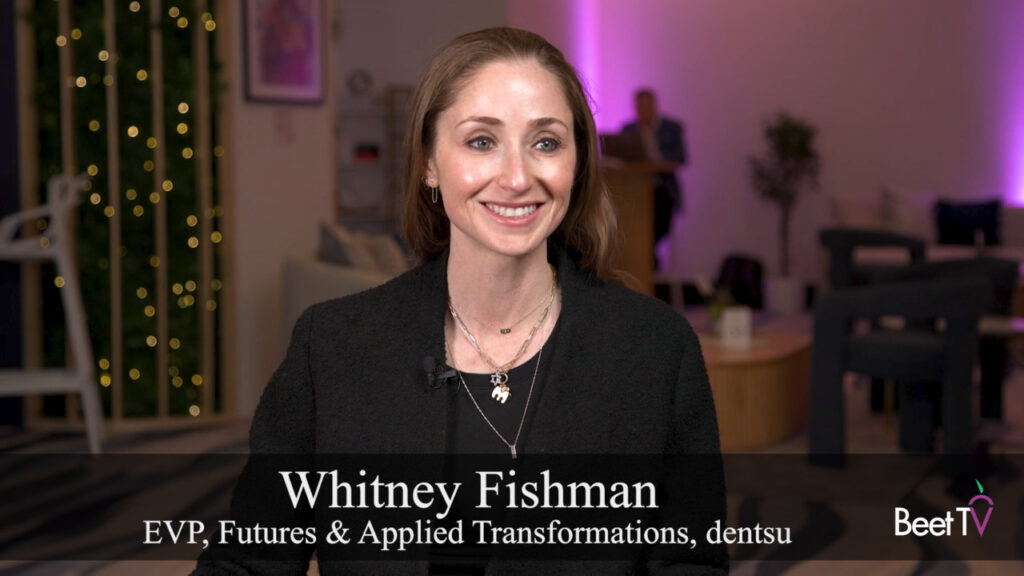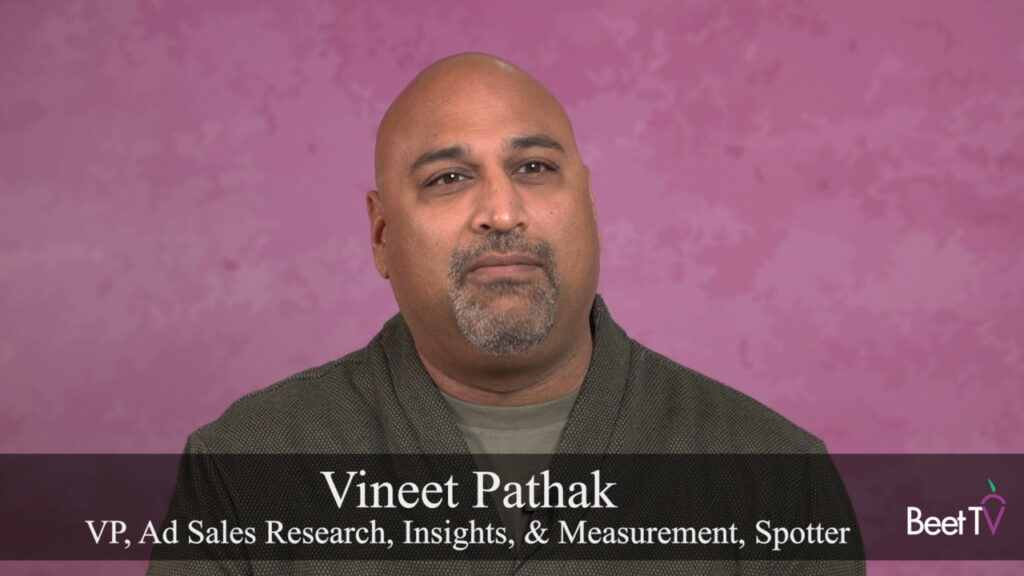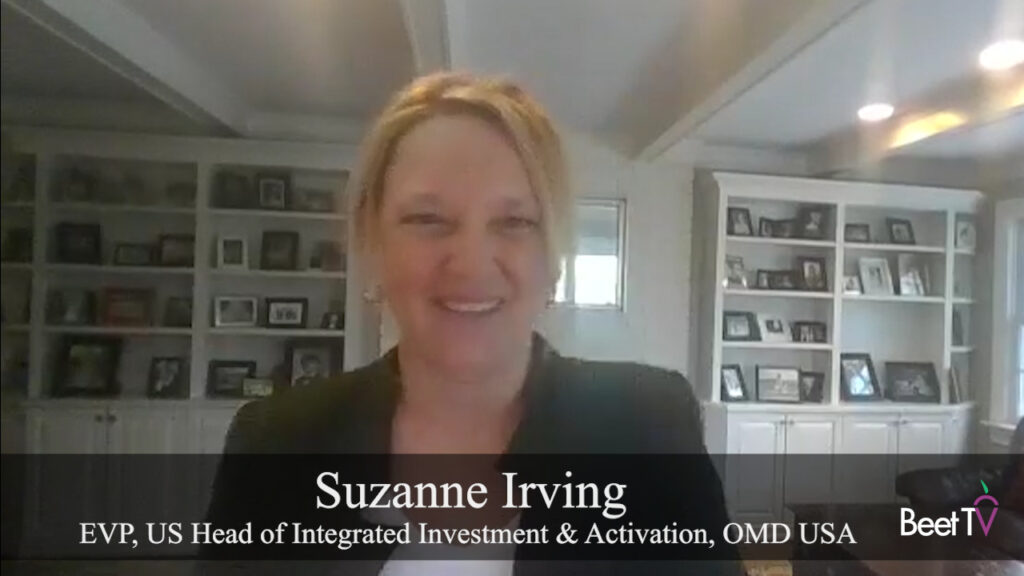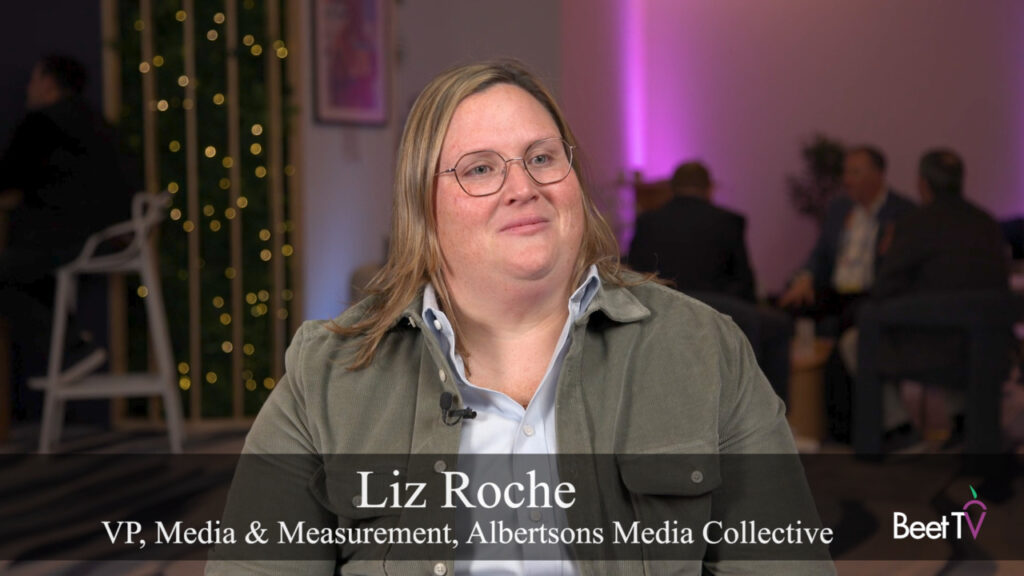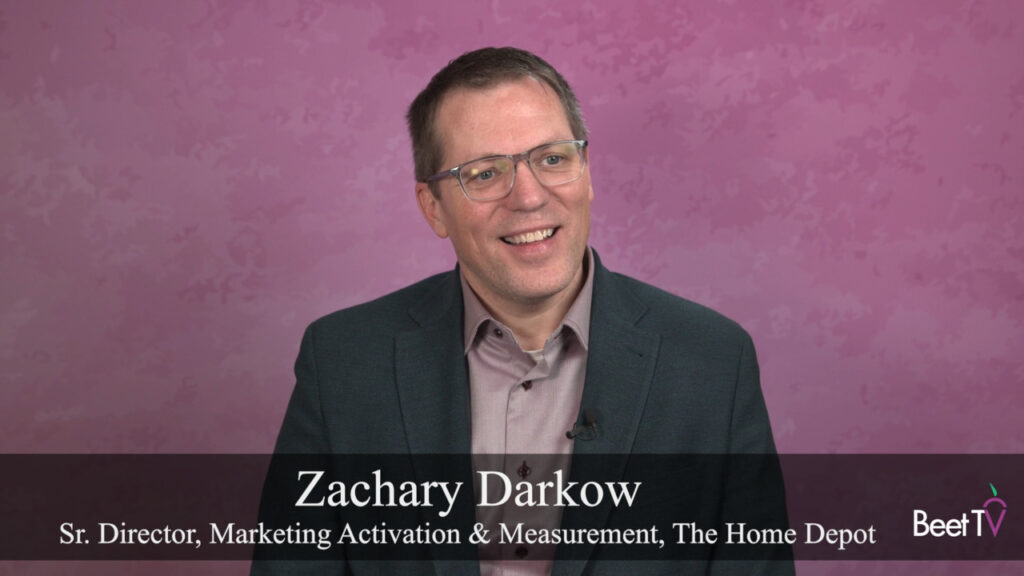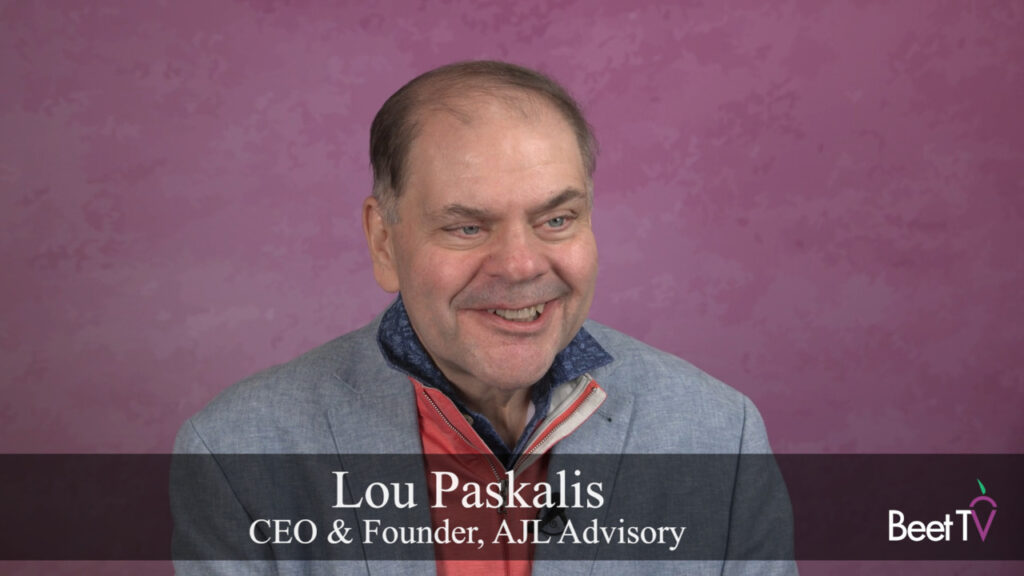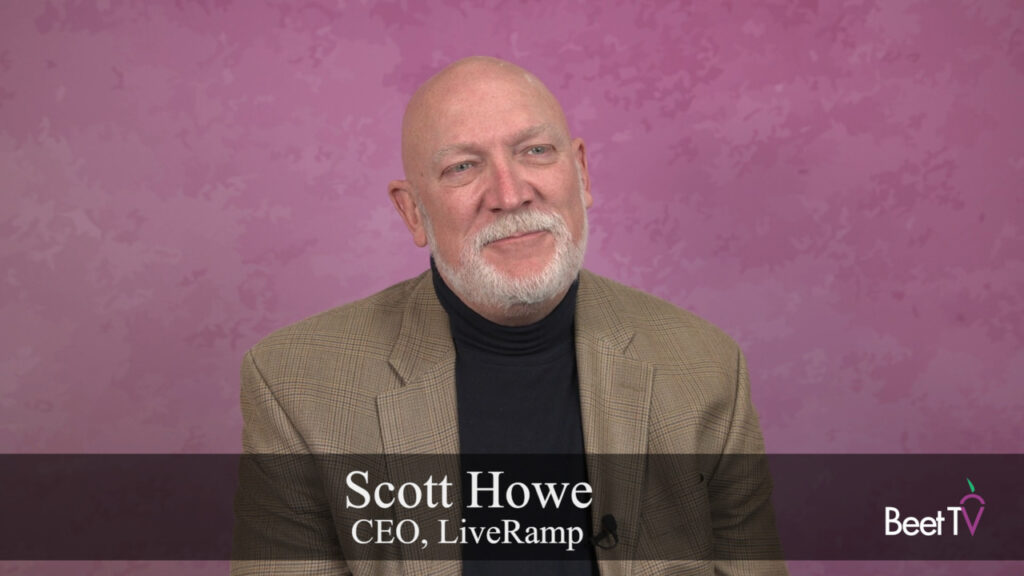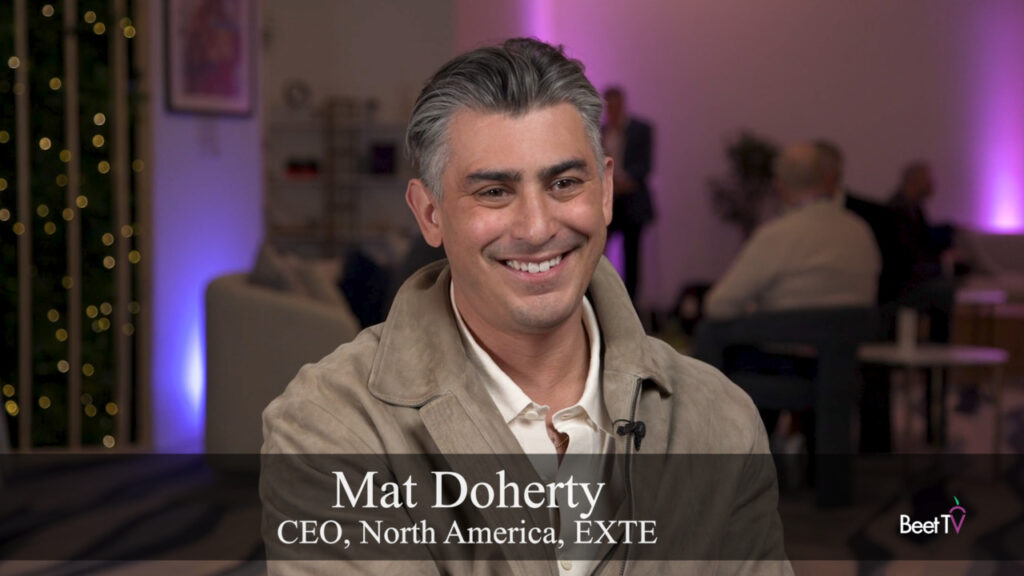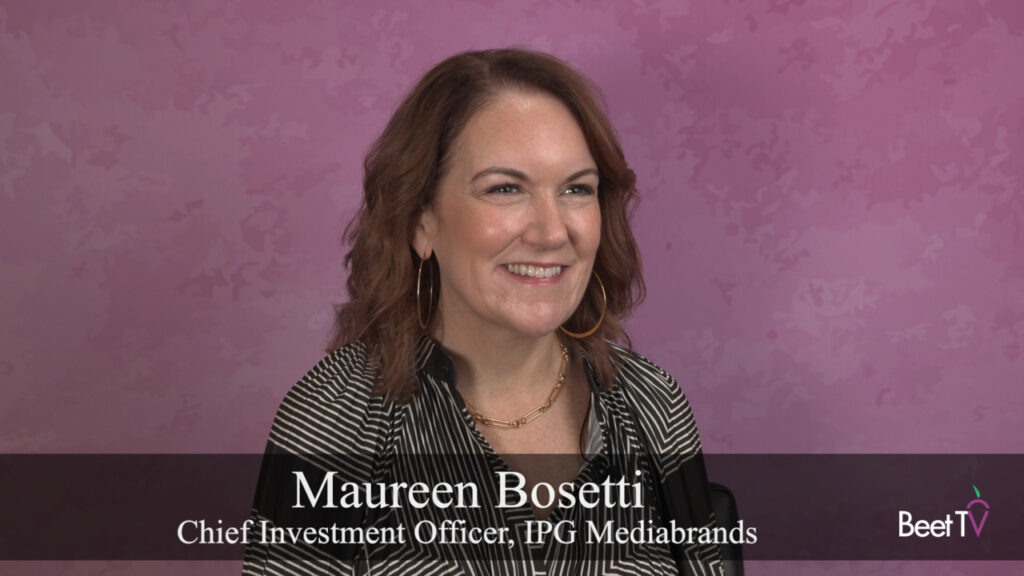Once upon a time, “addressable TV” signified linear TV platforms that had engineered a way to enable targetability.
The emergence of fully internet-enabled connected TV systems has meant a massive upgrade over that vision of addressability.
Yet “addressable” is still an expanding area, Anastasia Dukes-Asuen, Sr. Director, Advanced TV Data & Insights, Ampersand, tells Beet.TV in this video interview at Advertising Week New York.
The Evolution of Addressable TV
“The definition of addressable has evolved from just being strictly TV and linear to now capturing streaming (and) on-demand,” Dukes-Asuen says.
Addressable TV has also seen a shift in its clientele base. “There are agencies and clients that are very sophisticated and used to having a lot of data assets at their fingertips and being able to leverage those assets into targeting addressability and also closed loop measurement,” Dukes-Asuen highlights.
However, there’s also an influx of newcomers eager to explore the benefits of addressable TV, although they require more guidance with its application.
Measurement Measures-Up
Measurement in the field of addressable TV is undergoing significant changes, with a broad range of KPIs now available.
Dukes-Asuen asserts: “Depending on what the advertiser’s strategic KPI is, we’re usually able to tie that back to household level exposure and figure out what the conversion or lift is due to that addressable campaign.”
From sales matchback to leveraging advertiser’s first-party data sets, the KPIs that can be measured against are expanding, signifying the growth in the sector’s analytical capabilities.
Ampersand Adds Up
Ampersand is the former NCC Media, a cable TV ads integrator owned by three US cable operators.
Now reconstituted as “the total TV company”, its platform helps advertisers define and find audiences, plan and execute ad schedules, and measure and report their outcomes.
The outfit boasts viewership insights and planning on more than 40 million households, in every DMA, across more than 150 networks and in all dayparts.
Ampersand is owned by a consortium of media companies, including Comcast, Spectrum, Cox, Verizon and other multichannel video programming distributors (MVPDs).
Challenges and Prospects in the Sector
But the journey to expand the sector isn’t without its challenges. Dukes-Asuen cites the integration of advanced, targeted digital capabilities with legacy technology as a significant hurdle.
“There’s always that friction in between the two, but it comes with the territory, it’s what we’ve signed up for,” she says.
She views these challenges as part of the exciting, dynamic landscape of advanced TV, which brings something new and different each day.


























